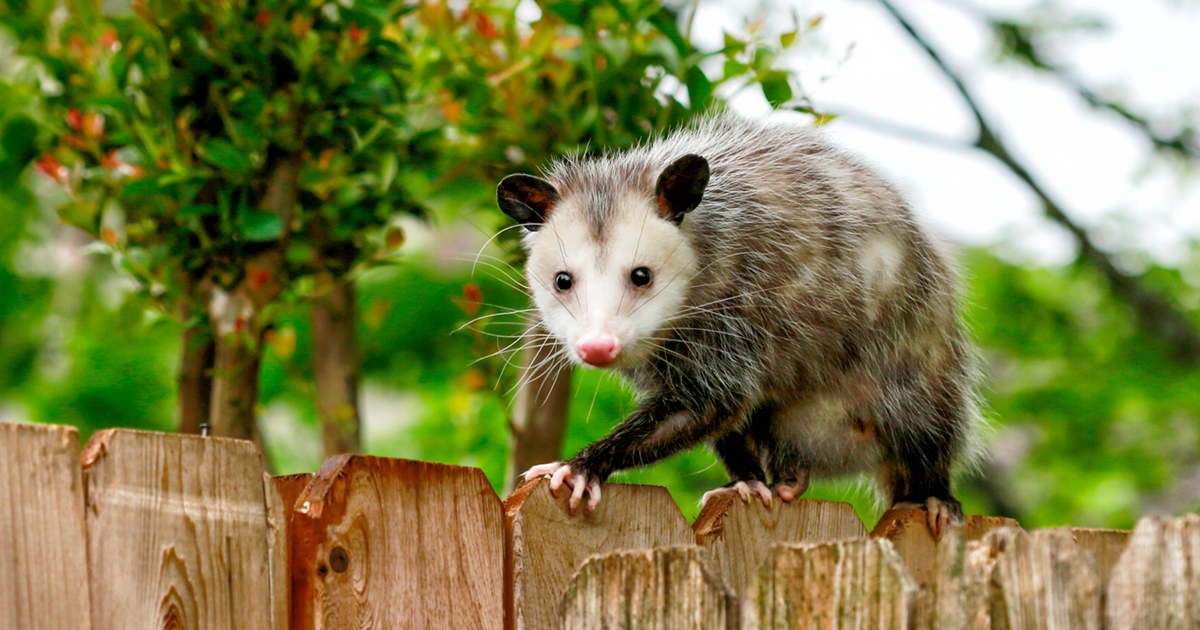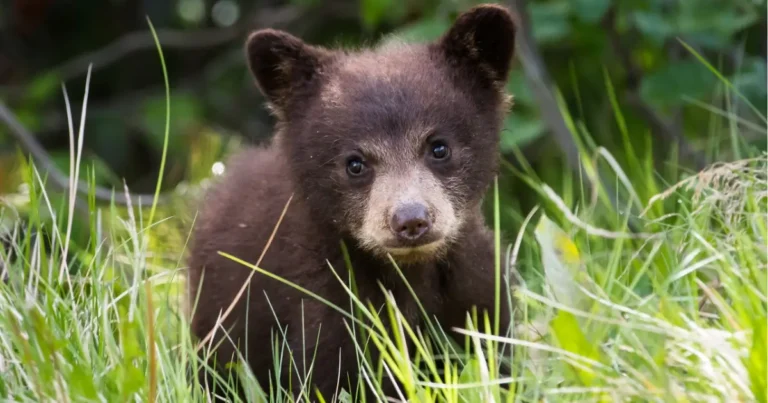
Ticks are kind of gross. That may not be scientific, but it’s certainly a shared sentiment. The arachnids, of which there are more than 850 varieties around the world, latch onto animals and consume the blood of their targets. Tick-borne illnesses, however, are a real concern that impact many people and non-human animals. In Canada, Lyme disease can be spread by ticks.
Fortunately, most of where ticks live in Canada is also occupied by their greatest foe: the possum.
How Possums Do It
North America’s only marsupial, the possum (Didelphis virginiana), has spread across the continent in part due to climate change. Their specific grooming method has proven to make them masters of reducing ticks in their ecosystems; using the four, clawed digits of their back paws, possums can comb “particulate matter” such as ticks, which are, apparently, very tasty for possums.
According to a 2009 study from Proceedings of the Royal Society B, titled, 'Hosts as ecological traps for the vector of Lyme disease', researchers showed that possums can kill up to 96% of the ticks that attempt to latch and feed from them.
The volume of ticks consumed by possums, which the study authors show can be potentially in the scale of thousands per hectare per animal, is also noteworthy, as it impacts the spread of Lyme disease in modelling.
“If 33 per cent of ticks were redistributed, the loss of a single opossum resulted in a 15 per cent increase in [Lyme Disease] risk,” they wrote. “By simulating the removal of hosts from intact communities using empirical models, we show that the loss of biodiversity may exacerbate disease risk by increasing both vector numbers and vector infection rates with a zoonotic pathogen.”
The claim may seem fantastic, but don't take our word for it: Snopes investigated the same study we did.
Possums aren’t the only wildlife that helps keep tick populations down, though. Grey squirrels also showed to be adept at removing and killing ticks in the study. Additionally, animals like foxes and coyotes consume rodents that are often hosts for ticks, again reducing the risk of disease spreading in ecosystems, pet populations and human populations.
For Further Reading
Learn more about types of ticks, identifcation of ticks and safety in tick-prone areas from Health Canada by clicking here. Learn more about Lyme disease in Canada by clicking here.For a deep dive on possum biology, check out The Opposum: Its Amazing Story, published by the University of Missouri.

